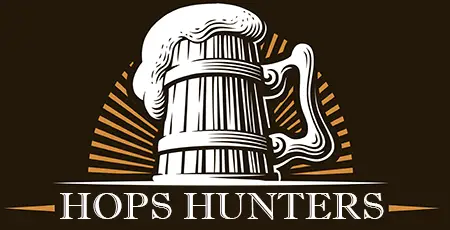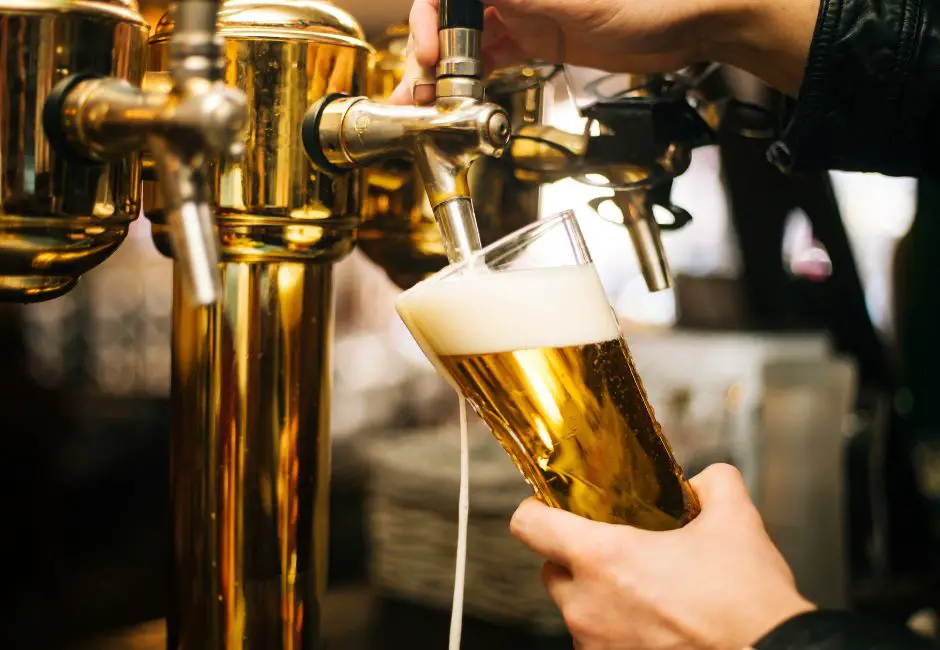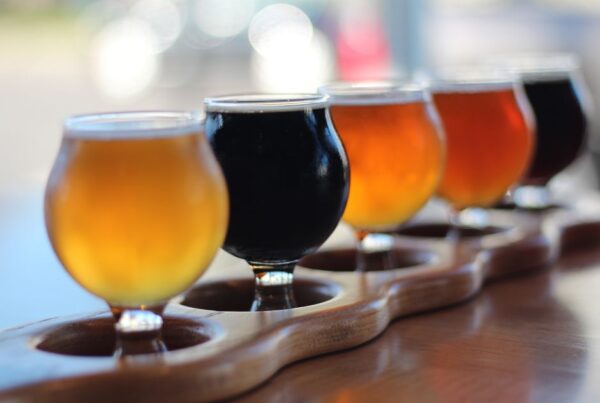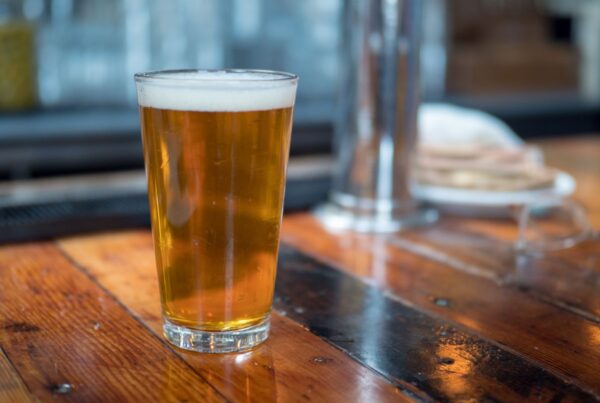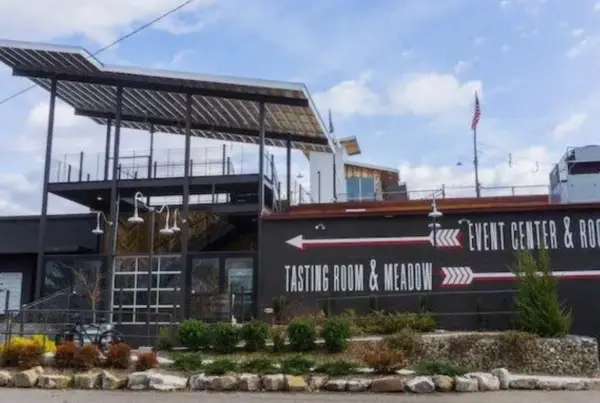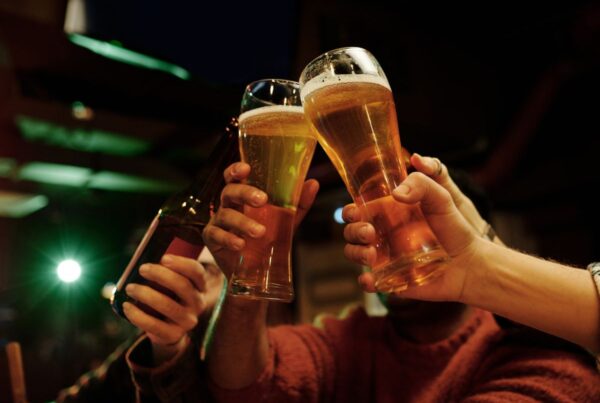Is Beer Carbonated?
The fizz of beer is as essential to the beer drinking experience as a good game on TV. It’s not just about the taste—it’s about the sensation, the texture of all those tiny bubbles.
If you’ve ever found yourself mesmerized, watching the bubbles in your beer as you wait for your chronically-late drinking buddy to arrive, or your date to make their way through the absurdly long line at the restroom, you’ve probably wondered aloud at some point: “Is beer carbonated like soda?”
It’s time to go on a deep dive into the bubbles in your beer, and learn everything there is to know about beer and carbonation.
(Hey, it’s more riveting than listening to your buddy’s recount of his weekend DIY debacle, and certainly better than counting the number of hipsters ordering beer flights at the bar while your date battles the 11:45PM restroom horde.)
But beware: This rabbit hole of beer bubble knowledge you’ve stumbled into might just make you the life of the next bar trivia night.
What is Carbonation?
In simple words, carbonation is the addition of carbon dioxide (CO2) gas to a liquid. The term is mostly used to describe the process used to give beverages like beer, champagne, and soda that sparkly, bubbly mouthfeel.
For CO2 gas to remain in your beverage, pressure is an absolute necessity.
In the case of beer (no pun intended), the pressure is maintained by the bottle cap or tab. When said top is popped or said cold one is cracked open, all the CO2 inside the container immediately begins moving toward the opening.
Are All Beers Carbonated?
All beers* have some degree of carbonation, though some are much more bubbly than others.
(*OK—Unless you’re sipping on some obscure medieval ale from a goblet, which in that case, kudos to your commitment to historical accuracy.)
For the rest of us, the bubbles in our beer get there through one of two processes:
- Natural carbonation
- Forced carbonation
In both methods, beer and carbon dioxide are sealed in a pressurized vessel until the beer absorbs the carbon dioxide and becomes “fizzy.”
Natural Carbonation
Natural carbonation is actually a byproduct of the fermentation process.
As yeast consumes the sugar in the wort, it produces alcohol and carbon dioxide. Most of this gas, like your dog when guests come over, is allowed to escape. But at a certain point, the brewer seals the beer in a container, allowing it to absorb the remaining carbon dioxide.
Natural carbonation is commonly employed for beer casks and other holding vessels at breweries.
Alternatively, natural carbonation can actually occur in the beer bottle itself. In this case, the beer is left unfiltered, with active yeast present in it. A small amount of sugar is added before bottling, and as the yeast reacts to it, carbon dioxide is produced, which the beer then absorbs.
Forced Carbonation
In the case of forced carbonation, the beer is allowed to fully ferment before carbon dioxide is pumped into a sealed container with the beer, where it’s then absorbed by the liquid.
This technique is commonly used with beer kegs, and it involves the infusion of carbon dioxide into a refrigerated keg. After a few days, the carbon dioxide is fully absorbed by the beer.
Are All Beers Carbonated to the Same Level?
Definitely not. Most craft beers and lager-style beers are carbonated to 2.4 – 2.6 volumes of CO2. However, carbonation levels can vary greatly across different beer styles:
- British ales have lower beer carbonation levels, ranging from 1.5 – 2.2 volumes of CO2.
- German wheat beer stands out as having one of the highest beer carbonation levels, reaching up to ~5 volumes of CO2.
Keeping Beer from Going Flat
Keeping your beer bubbly requires a tightly sealed bottle cap (or pull-tab), ensuring no carbon dioxide escapes until the beer is opened.
After opening, beer should ideally be consumed within a few hours to avoid it losing its carbonation and “going flat.”
- Beers with low alcohol by volume (ABV) can generally be stored unopened for approximately 6 months before risking loss of carbonation.
- However, High-ABV beers like lambics and stouts can actually improve with age if left unopened for a few years—that’s right, you can age certain beers like wine. However, it’s usually a gamble how well it will work, and given enough time any beer will go flat and become unpleasant to drink no matter how high the alcohol content is.
Final Thoughts
While it’s not the first thing most people think of when they’re evaluating the quality of a beer, just the right amount of carbonation can make the difference between beer that’s worthy of a beard-stroking artisan beer connoisseur, and beer that’s better suited for a frat party slip n’ slide.
Well… maybe the difference isn’t always that drastic—but it can be bigger than you might expect. Think of the last time you accidentally took a sip of flat soda.
And just like that flat cola was a sad, syrupy disappointment compared to its effervescent counterpart, beer that has gone flat can taste (and feel) very different—rendering some flat beers practically unrecognizable from their properly-carbonated versions.
So remember: A beer without carbonation is like a pizza without cheese, a joke without a punchline, or an article with an abrupt ending: it just isn’t right.
